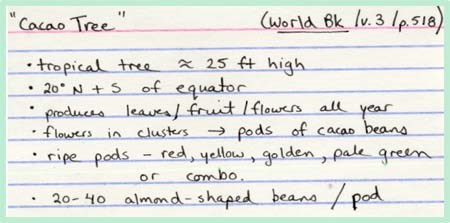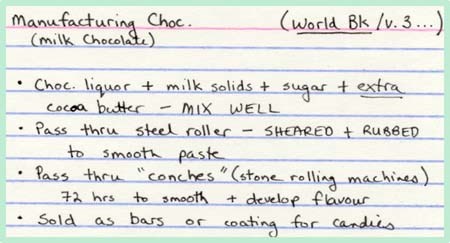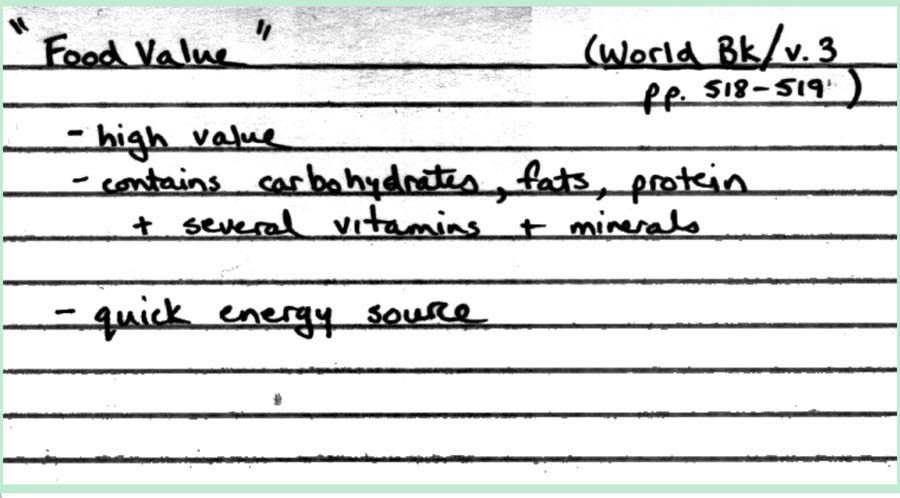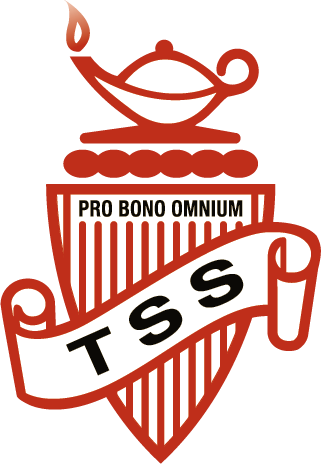Note Taking
HOW TO TAKE NOTES

Any assignment that requires you to do research, will require you to take notes. The note taking method you adopt is purely a personal decision. There are many resources available in the Templeton Library that will give you tips on how to take notes. Check out:
- The VSB PASS!: Positive Approach to Successful Study
- [808 WRI] Write It: a guide for research
These books provide tips on getting started, and outline several methods for note taking. Two forms of note taking preferred by teachers are:
- Two-Column Notes
- Note Card notes
Regardless of which method you choose, the preparation steps are the same.
- Always READ and RE-READ the text or passage before you start writing.
- REFLECT on what you've read to determine which facts are the most important.
- Then WRITE down only the important facts, in your own words.
BASIC RULES IN NOTETAKING
- Be brief
- Focus on important information (i.e. facts / statistics / definitions / etc.).
- Incorporate some form of symbol system that will decrease the amount of writing.
- Write notes in your own words. Remember, copying word for word is plagiarism.
- Always indicate the resource you are using. Keeping track of these resources will help in writing the Works Cited page for the assignment.
2 COLUMN NOTES
- Use 8 1/2" x 11" paper
- Write the subject or topic of your research paper at the top of each page.
- Write the resource title/author and page # at the top right-hand corner of the page. If you change resources, change sheets of paper.
- Divide the page into 2 columns
- Column 1 is one third of the page
- Column 2 is two thirds of the page - Column 1 is used to record the topic or keyword for your notes
- Column 2 contains the facts and information on your topic (i.e. the bulk of the notes)
- Use only one side of the page, so that you can cut & sort notes in preparation for the writing process.
Reminder: The notes should be brief and in point form - NO COMPLETE SENTENCES.
SAMPLE OF 2-COLUMN NOTES ...
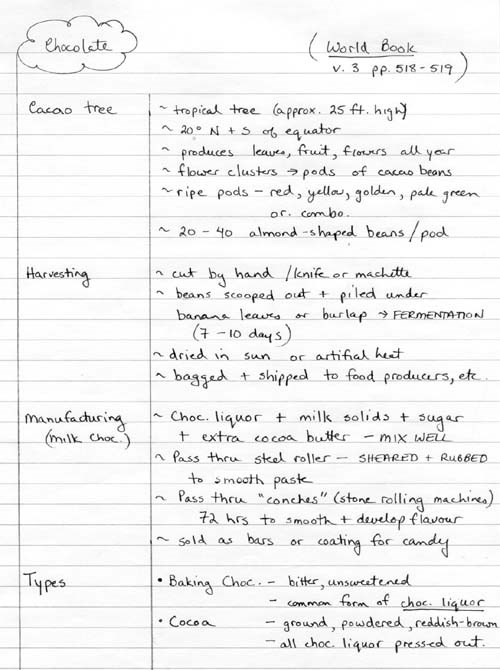
NOTE CARD SYSTEM
- Use index cards (2 1/2 x 3 " or 3" x 5")
- Record only one idea per card
- Topic or main idea on top left-hand corner
- Author / Resource Title and page # indicated on top right-hand corner or on the back of the index card to allow more space for the notes. Reminder: The notes should be brief and in point form - NO COMPLETE SENTENCES.
- The note card system is also useful for studying for tests.
For example: Write the question on one side of the card & the answer on the reverse side. You can then use the cards to quiz yourself or a friend.
SAMPLE NOTE CARDS ... for research assignment on Chocolate
